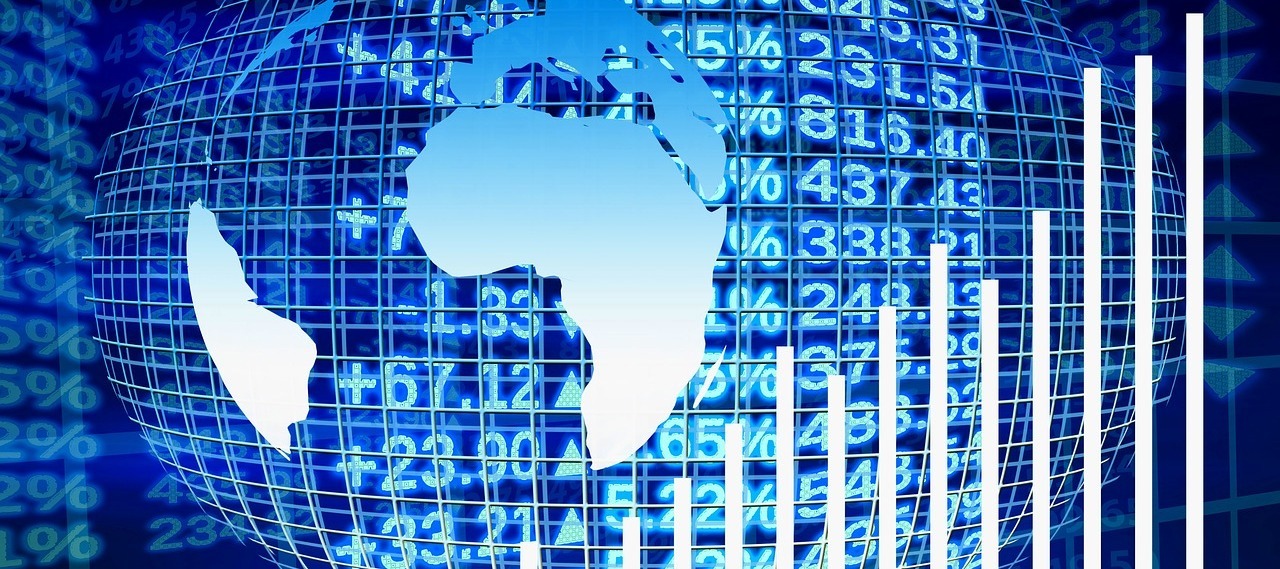
Tech stocks are having their worst year ever. Here's what history says happens next
The Nasdaq (^IXIC) and Russell 2000 (^RUT) are having their worst year ever.
The Dow Jones Industrial Average (^DJI) is off to its worst start since 1962.
And you'd have to travel back to 1970 for a worse first and second quarter in the S&P 500 (^GSPC).
Investors wondering what happens the rest of the year when markets are down big through June won't find much comfort in mixed data.
Nor much comfort in the finding that all roads for stock investors tend to lead back to the Federal Reserve.
Let's start with the Nasdaq, which is down a record 29% so far this year, and has lost 10% in the first half of a year 8 times. Looking at the table below, the average return in the second half was a loss of 5.8% with a median loss of 8.7%.
Not much for investors to get excited about.
Notably, the worst return prior to 2022 was twenty years ago in 2002, as the busted tech bubble bear market entered its second year. The Nasdaq lost an additional 8.7% into the end of 2002, for a total loss of 32%.
With the economy recovering from recession, the Fed introduced another round of cuts toward the end of 2002 — taking rates down to 1.25% for the first time since 1961 — and stocks finally found their footing.
The tech index, however, would not return to its prior record high until 2015.
Looking at the Dow's performance we see few modern parallels — 3 of the Dow's worst 4 years ever took place before the US entered World War II. Through Wednesday's close, the Dow is on pace for its 5th-worst year on record.
Like the Nasdaq, however, we find the Global Financial Crisis front and center among the worst years endured by stock market investors.
The Dow lost 14.4% in the first six months of 2008, only to drop another 22.7% over the balance of the year as the global economy teetered on the brink of collapse.
That same year, the Nasdaq was down 13.6% through the end of June. The failure of Lehman Brothers opened the floodgates in September of that year, and the tech index got whacked for an additional 31% loss, losing some 40.5% by the time the year was up.
As investors may recall, the market finally turned around when the Fed announced its to-that-point unprecedented quantitative easing program in March 2009.
The theme for investors, as ever, is that the market moves with the Fed. But there's nuance in this view.
Exactly how long it takes stocks to recover bear market losses tends to depend on where we are within a secular — or decades-long — timeframe. After prolonged secular bull markets — such as the two-decade bull of the 1980s and 1990s — a secular bear market tends to follow. These are periods where old market paradigms give way to new ones amid violent portfolio adjustment.
From 2000-2009, for instance, a secular bear market saddled investors with a "lost decade." Eventually, this period gave way to the second tech boom we're currently watching unwind.
And similar to the early 2000s, a rapidly changing macro environment is resulting in violent portfolio rotations across asset classes — it is no coincidence that a traditional 60/40 portfolio is having its worst year since 1970.
The 1970s, of course, are the last period in US economic history known for persistently high inflation, which the late Paul Volcker famously broke as Fed chair with aggressive rate hikes in the early '80s.
The oil embargo of 1973 kicked off a nasty, two-year bear market in the Nasdaq, during which the index would eventually shed half its value. The same year, the Dow endured a 16% decline.
Of course, this era might fell all too familiar to investors today.
Soaring energy prices have been a feature of what appears to be a new era of persistently high inflation, ending what's been a 40-year decline in interest rates.
If we take the Fed at its word — that the central bank is singularly dedicated to fighting inflation — we shouldn't expect Powell & Co. to deliver relief to investors anytime soon. But if the Fed does pivot, as markets are eventually pricing in for 2023, we could see an "echo bubble" down the road.
And maybe this is something for investors to get excited about.
© 2022 LeackStat.com
